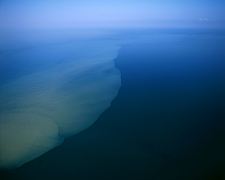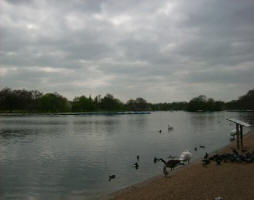 Earth observation of water cycle and applications in drought monitoring and prediction
Earth observation of water cycle and applications in drought monitoring and prediction
Drought is one of the major environmental disasters in various parts of the world. Quantification of drought distribution in space and time is very difficult. Usually, the severity of droughts can be assessed with meteorological based indices (e.g., the standardised precipitation index), or satellite based indices (e.g., vegetation indices). But the former fail to capture short-term variation and the latter is difficult to interpret for heterogeneous terrain.
This presentation proposes a methdology for quantitative drought monitoring with remote sensing data. Many important applications are possible (floods and droughts, water – climate feedbacks). Sensors such as SMOS provide exciting opportunities for earth observation of water cycle components and applications (e.g. drought monitoring and prediction).
See: 'Water Cycle Research' cluster & Dragon Drought Monitoring.
| Creator | Prof. Dr. Z. Bob Su (email: b_su@itc.nl) |
|---|---|
| Publisher | Prof. Dr. Z. Bob Su |
| Type of document | SlideShow |
| Rights | Public |
| File link |
http://envisat.esa.int/envschool_2006/lectures/su3.pdf |
| Source of information | Z. Bob Su, International Institute for Geo-Information Science and Earth Observation (ITC), Enschede, The Netherlands |
| Keyword(s) | drought monitoring, water cycle, Earth observation, drought prediction, remote sensing, SMOS, floods |
| Subject(s) | HYDRAULICS - HYDROLOGY , METHTODOLOGY - STATISTICS - DECISION AID , RISKS AND CLIMATOLOGY |
| Relation | http://www.semide.net/topics/WaterScarcity/fol083685 |
| Geographical coverage | n/a |
 you are not logged in
you are not logged in





